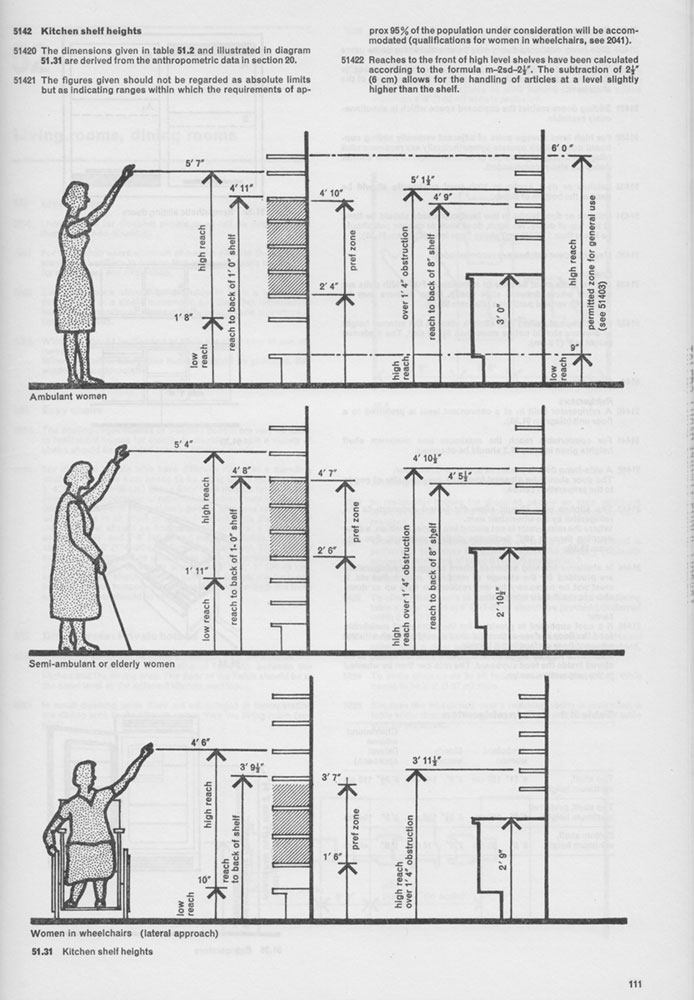Selwyn Goldsmith and The Ideologies of Designing for Disability
Though trained as an architect, Selwyn Goldsmith is less known for any building than for his book, Designing for the Disabled (1963), the classic guide to access planning for buildings, facilities and public spaces. Intended as a comprehensive manual, Goldsmith’s was the first book to publish anthropometric studies of wheelchair users, describe door heights and ramp grades that optimized access, and many other features that would soon become part of building code in the UK and abroad. It quickly assumed the status of the primary sourcebook on the subject; it continues to inform design for disabled people to this day. But however much it has been praised for its “radical new vision,” few commentators now realize that Goldsmith actually repudiated this seminal work several years after he first published it. This chapter explores the curious case of Goldsmith’s shift, but also positions him–and Designing for the Disabled—as caught between changing medical and social mores and shifting political ideologies.
